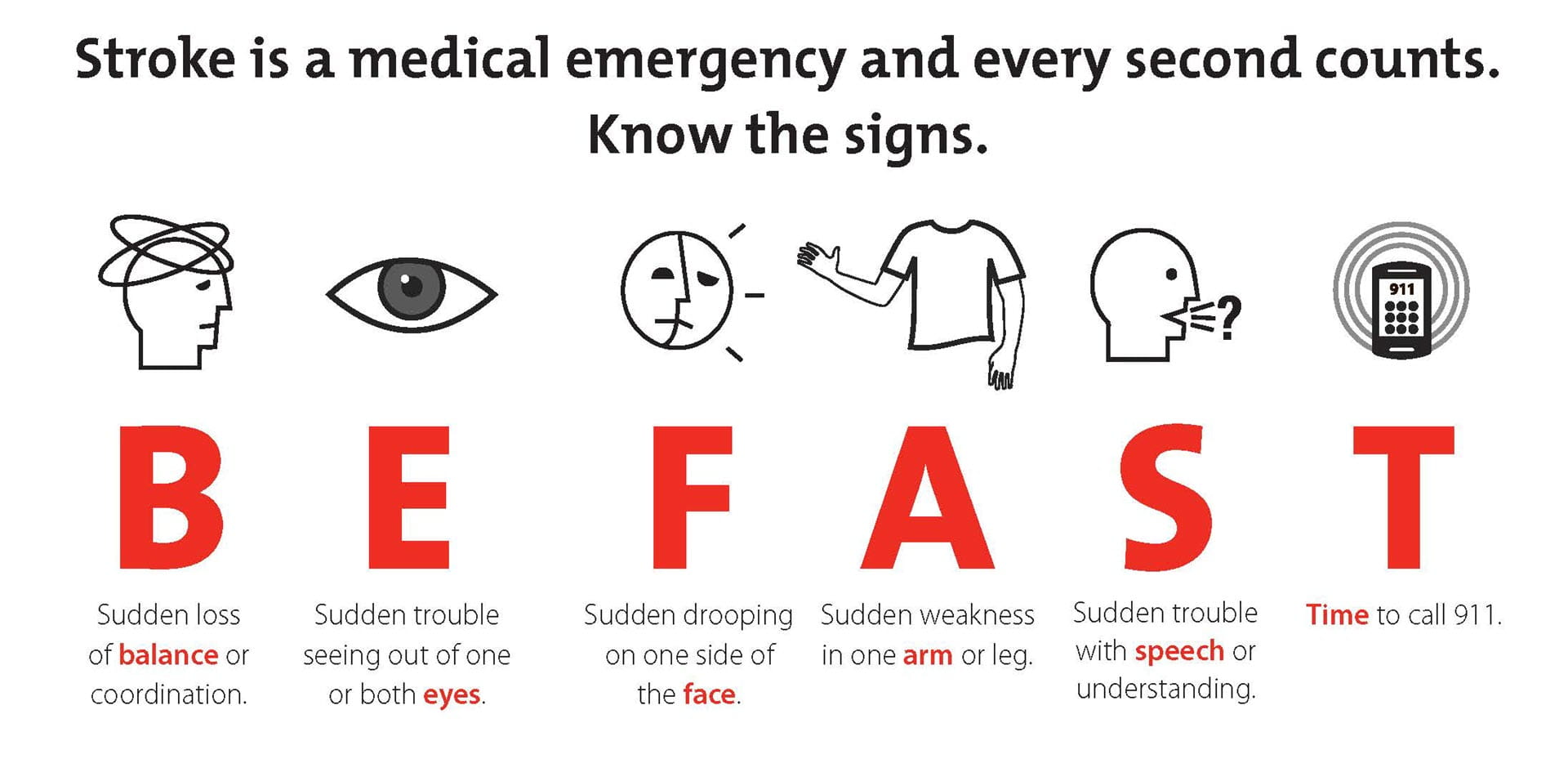Stroke Warning Signs, Risks and Prevention
May 08, 2023
Home > About > News & Media > Story Center
Lifestyle choices make a difference
A healthy lifestyle can help reduce your risk for a stroke. This includes:
- Stop smoking if you smoke: Smoking doubles the risk of a stroke. It damages blood vessel walls, speeds up the clogging of arteries, raises blood pressure and makes your heart work harder.
- Make healthy food choices: Be sure to get the recommended amounts of fruits, vegetables and whole grains. Choose foods that are low in animal fat, trans fat, cholesterol, salt (sodium) and added sugars.
- Stay at a healthy weight: Extra weight strains the circulatory system and can contribute to a stroke.
- Be physically active on a daily basis: Physical activity can help lower cholesterol and blood pressure levels.
- Limit alcohol use: Drinking too much alcohol can raise blood pressure levels and increases triglyceride levels. Triglycerides are a form of fat in the blood that can harden the arteries.

Manage medical conditions
Controlling underlying medical conditions can also help reduce your stroke risk. Knowing these important numbers about yourself is the first step:
- Blood pressure: High blood pressure is a major stroke risk factor if left untreated. Blood pressure should be checked annually.
- Cholesterol: High cholesterol levels can clog arteries and cause a stroke. Check with a doctor if your total cholesterol level rises above 200.
- Blood sugar: High blood sugar is a sign of diabetes. Many people with diabetes have health problems that can also become stroke risk factors.
Talk with your doctor about your personal stroke risk.
Know the warning signs
The best ways to prevent a stroke are by making healthy lifestyle choices and managing underlying health conditions. Up to 80% of strokes can be prevented.
But when a stroke does strike, it’s important to be aware of the signs and symptoms. During a stroke, every second counts. Prompt action can prevent further damage to the brain and help make a full recovery. Know the signs of a stroke. Use the term “BE FAST” to help you remember:
B: Balance –– Sudden loss of balance.
E: Eyes –– Sudden trouble seeing out of one or both eyes.
F: Face –– Sudden weakness on one side of the face.
A: Arm –– Sudden weakness in one arm or leg.
S: Speech –– Sudden loss of speech or trouble understanding.
T: Time to call 911 if even one of these problems is new.
If you notice these signs, call 911. Do not drive to the hospital.

What if the stroke symptoms go away?
Sometimes stroke symptoms disappear and the person can seem fine. This could be a transient ischemic attack — a TIA or mini-stroke. TIAs resemble a stroke wherein the symptoms disappear. This can happen over hours or even minutes. Even if the patient feels better and appears fine, TIAs can be extremely dangerous. They are not strokes that didn't happen. Rather, they are strokes that haven't happened yet. It’s critical that a doctor sees the patient in order to keep a stroke from happening.
Nationally recognized care, local service
With five Legacy Health hospitals in the Portland and Vancouver areas offering certified and complete stroke centers, expert care is right around the corner. Legacy's stroke program is nationally recognized for helping people survive strokes and improve their quality of life afterwards. Our hospitals also rank among the best in the United States for stroke care. Learn more.

